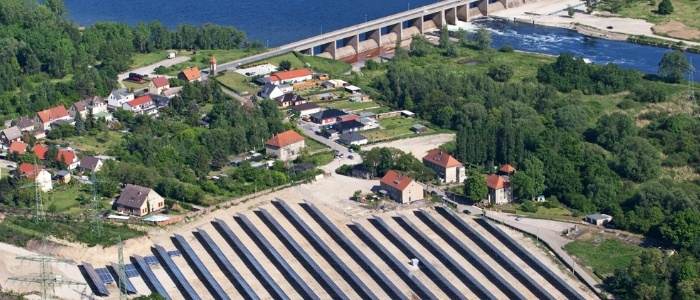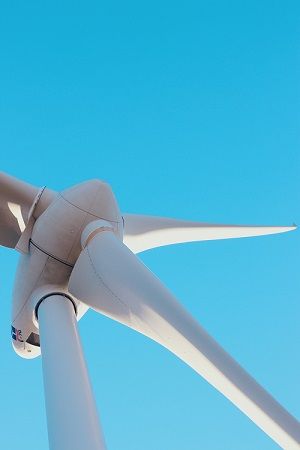It is one of the most important results of the UN Climate Change Conference COP28, which is coming to an end: around 120 countries have declared their intention to triple the production of renewable energies by 2030. "The problem here is less likely to be photovoltaics, but rather the expansion of wind energy," comments Markus W. Voigt, CEO of the aream Group.
The world currently has an installed capacity of 3.6 terawatts of renewable energy. To triple this, around seven terawatts would have to be added - in just seven years. According to estimates, this could save an amount of CO2 emissions equivalent to a quarter of total global emissions.
"The tripling of installed solar energy capacity is likely to be achieved or exceeded," says Voigt. In the case of wind energy, however, there are still numerous obstacles and problems with approvals and grid connection, and recently there has also been an increase in interest rates. "Nevertheless, the expansion must be driven forward," says Voigt. "Because even if storage capacities multiply, we will still need wind energy during periods when there is little sunshine."
This was also evident in November, when the sun rarely shone in Germany. According to the German Weather Service, the amount of sunshine was a quarter less than the long-term average. In addition, there was snowfall and some work on infrastructure, which meant that photovoltaics performed poorly. As a result, the production of solar installations in Germany was 19 percent below its target value. In Italy, storm damage and inverter failures resulted in a low yield (target achievement 83%). Only Spain achieved the target values (102%) with average sunshine duration.
The wind, on the other hand, blew constantly and strongly across Germany in November, with gale-force gusts being recorded in some cases. This resulted in a yield for the wind turbines that was 41% above the target value. "We need both," comments Voigt, "the sun and the wind."
PRESSEKONTAKT:
Leandra Kiebach
T: +49 (0)211 30 20 60 4-2
E: lk@aream.de


